The 2016 Holy Fire of the Rio Summer Games has just been extinguished. We seem to have heard the footsteps of the 2018 PyeongChang Winter Olympics, and the 2022 Beijing Winter Olympics is getting closer and closer. What are the characteristics of the Winter Olympics' ice and snow sports program? What are the requirements for lighting? Today I would like to systematically explain the problems that the sports lighting practitioners are generally concerned about.
Winter Olympics history and overview
Since the 1st Winter Olympics in Chamonix, France (initially the “Winter Sports Weekâ€) in 1924, the Winter Olympics has been successfully held for 22 sessions. The hosting of the Winter Olympics requires strong economic strength as a support. The following picture shows the countries that have hosted the Winter Olympics (where the blue is a country that has been held at least twice).
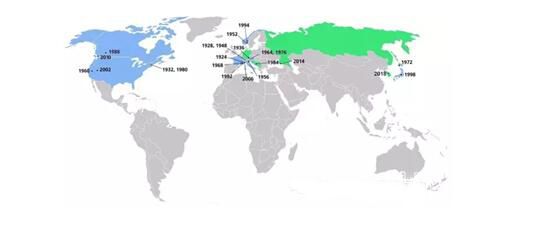
After years of development, the current Winter Olympic Games competition has two items, including biathlon, snowmobile, curling, ice hockey, sledding, skating and skiing, with 15 points, while the small items are more than 100. The number of items in previous Winter Olympics is as follows:

The international single sports organizations of the Winter Project include the International Skating Federation, the International Ski Federation, the International Ice Hockey Federation, the World Curling Federation, the International Biathlon Union, the International Association of Learning Cars and the International Sled Federation.
Winter Olympics skating project design and characteristics
There are more small items in the winter project, and the points are finer. Take skating as an example, the competition items are set as shown in the following table:
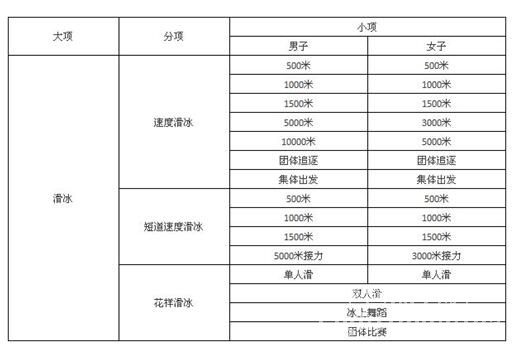
Among them, speed skating is the oldest and most widely carried out project in ice sports. As early as the 18th century, the United Kingdom began to hold speed skating competitions. In 1889, the world championship was held for the first time in the Netherlands. The male and female speed skating were listed as the Winter Olympics in 1924 and 1960 respectively, with a total of 14 items.
Speed ​​skating All competitions were conducted on a 400-meter-long runway, and the players glided counterclockwise. The runway is divided into two inner and outer lanes. The inner ring radius of the inner runway is 25 meters to 26 meters, and the inner ring radius of the outer runway is 29 meters to 30 meters. The athletes must exchange 1 runway for each slide (except for collective departure).
The short track speed skating site is 60 meters long and 30 meters wide. The site is surrounded by a protective pad with a thickness of not less than 60 cm. The track is 111.12 meters long and is divided into straight roads and curved roads. The straight roads on both sides are 57.71 meters long and 7 meters wide. The curved roads on both sides are 53.41 meters long. The curves are composed of 7 marking blocks. The corners of the curve are to the protection mat. Not less than 4 meters away.
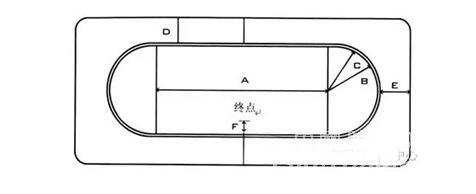
Short track speed skating site
Figure skating is performed at a standard ice hockey rink of 30 x 60 meters. Ice temperature: best -4 ° C, the maximum does not exceed -3 ° C, the lowest is not lower than -5 ° C. Ice thickness: best 5.5-6cm, minimum 4.5cm.
The single organization has lower requirements for skating site lighting, the minimum illumination is 1400lx, the color temperature is uniform, and these lights should be evenly distributed throughout the ice and athletes. Lighting should also meet the requirements of color TV broadcast. The relevant standards have been described in detail in China's "Sports Hall Lighting Design and Testing Standards", and will not be repeated here.

Winter Olympics skiing project design and characteristics
Skiing originated in Northern Europe and has a history of more than 5,000 years. In 1924, skiing was listed as the first Winter Olympic Games. There are 6 sub-sports, including alpine skiing, cross-country skiing, ski jumping, Nordic, freestyle skiing and snowboarding. At the Pyeonghang Winter Olympics, there are 50 small items for skiing, accounting for about 50% of all gold medals in the Winter Olympics.
There are six project technical committees under the International Snow Federation:
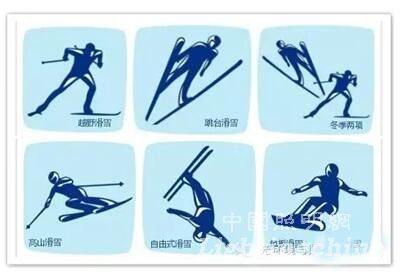
At the first French Summer Olympics in Chamonix in 1924, cross-country skiing became an official project. The Pyeongchang Winter Olympics is 12 small items. By convention, cross-country skiing routes should include: 1/3 uphill with a height difference of more than 10 meters; and a short slope with a slope greater than 18%. 1/3 undulating roads are undulating, using short up and down slopes (height difference is 1-9 meters). One-third of the downhill slopes have been examined to examine athletes' various downhill techniques.
Ski jumping originated in Norway, also known as snow jumping. In 1879, the first ski jumping competition was held in Oslo. A women's competition was added to the 2014 Sochi Winter Olympics. There are now 4 small items.
The two Nordic countries originated in Northern Europe and consist of cross-country skiing and ski jumping. They have been circulating in Norway and Sweden for a long time and become a traditional Nordic project. In 1924, two Nordic countries were listed as the first Winter Olympic Games.
Alpine skiing originated in the Alps, also known as "Alpine skiing." Alpine skiing began as an official competition from the 6th Winter Olympics in 1936. In 2018, a new mixed group project was added, with a total of 11 items.
Freestyle skiing was born in the 1960s in the United States and was developed on the basis of alpine skiing. In 1992, the freestyle snow technique at the Winter Olympics in Albertville, France became an Olympic event; in 1994, the Norwegian Lillehammer Winter Olympics increased the air skills competition; in 2010, the obstacle chase was added; in 2014, the U-shaped Site skills and slope barrier skills, a total of 10 items.
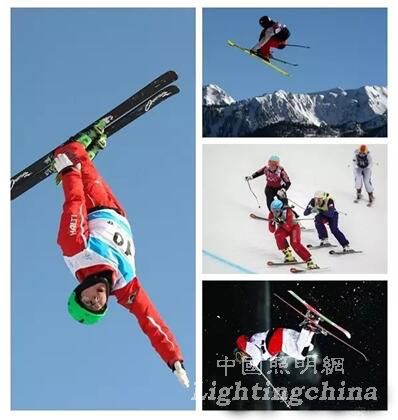
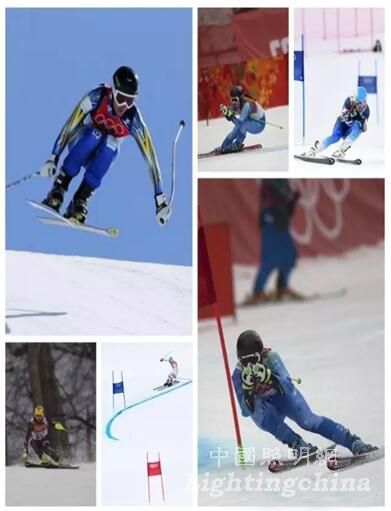
Snowboarding originated in the United States in the mid-1960s, combining the elements of surfing, skateboarding and skiing. It is a very fast-moving sport. The World Championships were held in 1993. Two single-board projects were introduced at the 1998 Winter Olympics – U-shaped field skills and grand swing. In 2006, the obstacles were increased. In 2014, the skills of parallel rotation and slope obstacles were added. In 2018, parallel rotation was turned into a big platform skill; a total of 10 items.
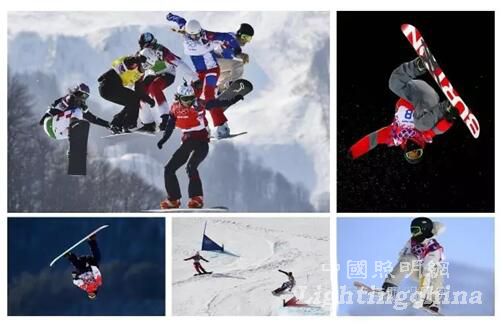
The lighting requirements of the single organization for the snow project are: the lights on the track are evenly arranged, and the illumination should be no less than 80 lx. The light does not change the surface morphology of the trail. The lights should show the exact terrain to the athletes, and the buildings and obstacles near the line must be clearly illuminated. If TV broadcast is performed, the HD level of the host position should be no less than 1400lx; the standard definition is 500~700lx, and glare should be avoided.
In addition, some projects do not perform night games, such as the big swing and super big swing in the alpine skiing project.
Biathlon items and features
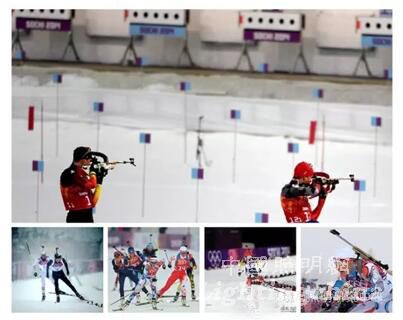
The biathlon is a combination of cross-country skiing and shooting, originating in Scandinavia. At the 8th Winter Olympics in 1960, the men's biathlon first entered the Olympics; in 1992, the women's biathlon of the Albertville Winter Olympics in France entered the Olympic Games for the first time. There are now 11 small items.
The individual organization stipulates that the illumination should be no less than 300lx on the entire line and in the stadium area. There must be no dark areas and must be equal for all participants. The finishing line, target and gun paper target illumination intensity should reach 1000lx, and there should be no shadow. If TV is broadcast, the lighting conditions must meet the TV broadcast requirements and the stadium illumination should be no less than 1000lx.
The design and characteristics of the snowmobile project
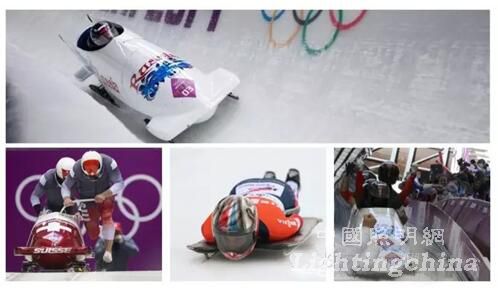
In 1924, at the first Winter Olympics in Chamonix, France, the snowmobile was included in the competition; in 1932, the double snowmobile was included in the Olympic Games. In 2002, the women's snowmobile of the US Salt Lake City Winter Olympics was included in the Olympics. There are currently 5 small items.
The track is made of concrete or wood. It is a concave slide with a certain slope. The walls are protected on both sides. Ice is required for both the track and the retaining wall. The standard length of the track is 1500 meters, the width is 1.40 meters, the average slope is 4°-8°, and the height difference between the starting point and the end point is 100-150 meters.
Sled project design and features

The sled is a winter sport with a sleigh lying on its back and with its feet in front, manipulating the body posture to control the high-speed slalom of the sled, with a top speed of 140 km/h. In 1964, the Austrian Innsbruck Winter Olympics sleigh race debuted. There are now 4 small items.
The sled track is the same as the snow and steel snowmobiles, but the starting point is farther than the other two projects. The length of the competition line is 1000 to 1400 meters for men and 800 to 1200 meters for women. The road width is 1.30~1.50 meters, and the retaining walls on both sides of the slideway need to be iced.
The illumination requires uniform illumination with no shadows or reflections.
Ice hockey project design and characteristics
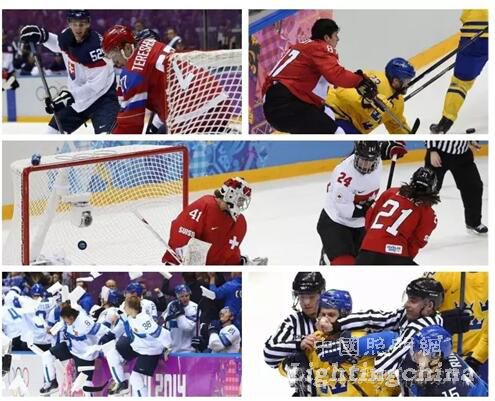
Ice hockey is widely carried out in North America, and Europe is also very popular. In Canada, the United States, Sweden, Finland, Russia, Switzerland, Germany, Austria, Norway and other countries, ice hockey is one of the most promising projects. The men's ice hockey was listed as the 7th Summer Olympic Games in 1920 and was listed as the Winter Olympic Games in 1924. The women's ice hockey was listed in the 18th Nagano Winter Olympics in 1998.
The regular site commonly used by the International Ice Federation is 30 meters x 60 meters, and the four corners are round. The standard size of the standard ice hockey stadium is 61 meters long and 30 meters wide; the smallest size is 56 meters long and 26 meters wide; the radius of the four corners is 7 to 8.5 meters. A solid boundary wall made of wood or plastic material with a height of 1.15 m to 1.22 m is placed around the ice hockey rink.
The standard value of the lighting of the ice court is the same as that of the skating project, and the lighting should be evenly illuminated on the surface of the playing field, and there should be no shadow along the wall.
Curling project design and characteristics
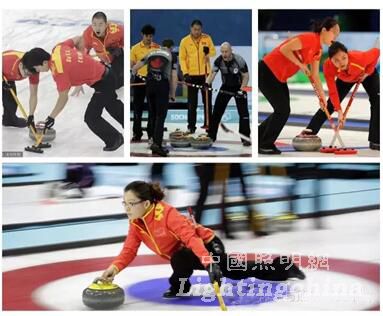
The curling movement originated in Scotland in the 16th century and has evolved into the current curling movement after a long process of development. It is a sports program integrating fitness, entertainment and competition. It has high fitness and ornamental value. It is an elegant collective project. It is dynamic and dynamic, and it is a kind of confrontation in the elegant. In 1998, Curling was listed as the official competition of the Nagano Winter Olympics. There are two small items: men's curling and women's curling. In 2018, Pyeongchang Winter Olympics added a mix of men and women.
Curling is the most demanding item on the ice. The site is made by a professional curling ice maker. It is generally 4 ice tracks, each with a length of 45.72 meters and a maximum width of 5 meters. The curling track is generally 4.5 cm thick. The ice surface temperature is -5 ° C, the air humidity is 50%, which requires equipment such as air conditioners, dehumidifiers, thermometers, hygrometers.
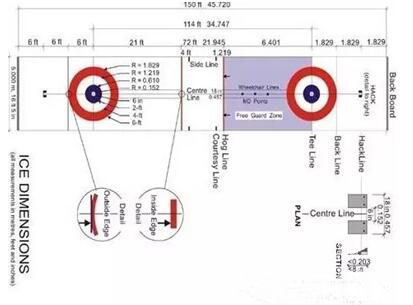
The status quo of winter sports development in China
China's winter sports started late, but it has developed rapidly. The achievements of Chinese athletes in previous Winter Olympic Games are shown in the following table:
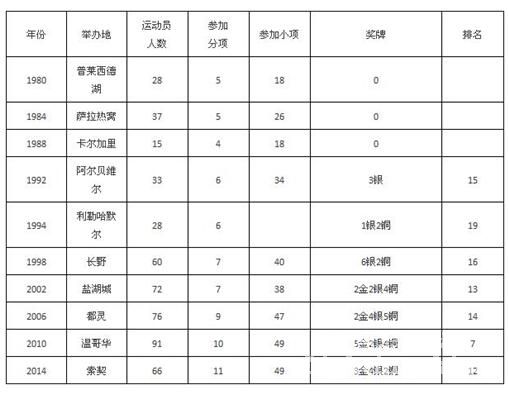
China's ice and snow sports will take the opportunity of the 2022 Beijing Winter Olympics and is marching towards the ice and snow sports power.

Beijing 2022 master plan
The 2022 Winter Olympics is held in Beijing-Yanqing-Zhangjiakou. The venues are as shown in the following figure and the following table:


The venues in the Beijing area are dominated by existing venues, including the National Aquatics Center, the National Stadium, the Wukesong Sports Center and the Capital Gymnasium.
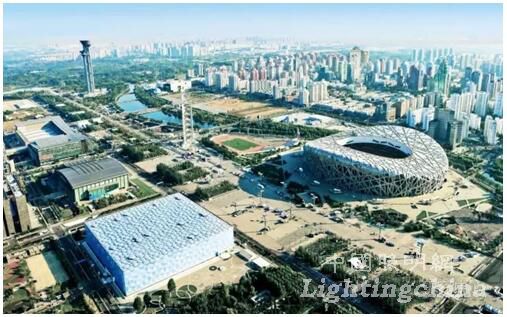
As a new venue, the National Speed ​​Skating Pavilion has yet to unveil its mysterious veil:
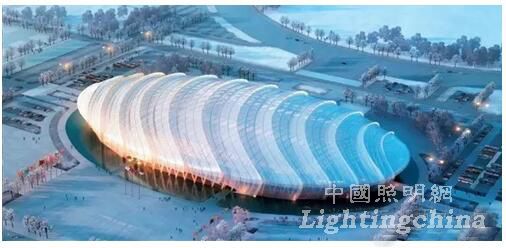
Yanqing is an alpine skiing and snowmobile sled project, and Zhangjiakou contains the rest of the snow project. 


Sports venues and venue facilities are necessary for athletes to complete various sports competitions. The quality of lighting facilities and light environment is directly related to the competitive state of athletes and the quality of color TV broadcasts, which should be given enough attention. It is believed that through the close cooperation between the sports department and the lighting industry, the construction of the Winter Olympic venues and facilities will be successfully completed, laying a good foundation for holding a “wonderful, extraordinary and outstanding†Winter Olympics.
Editor: Yingzi
China In-Ear Wired Earbuds,Earphones With Mic manufacturer, choose the high quality In-Ear Noise-Isolating Earbuds,Wired Earphones With Microphone, etc.
High fidelity popular in -ear and non-Detachable Earphones. suitable wire length with good sound quality,it can be use for computer, mobile phone, portable media player.Easy to carry no mater you are running or working.
In-Ear Wired Earbuds,Earphones With Mic,In-Ear Noise-Isolating Earbuds,Wired Earphones With Microphone
Dongguang Vowsound Electronics Co., Ltd. , https://www.vowsound.com